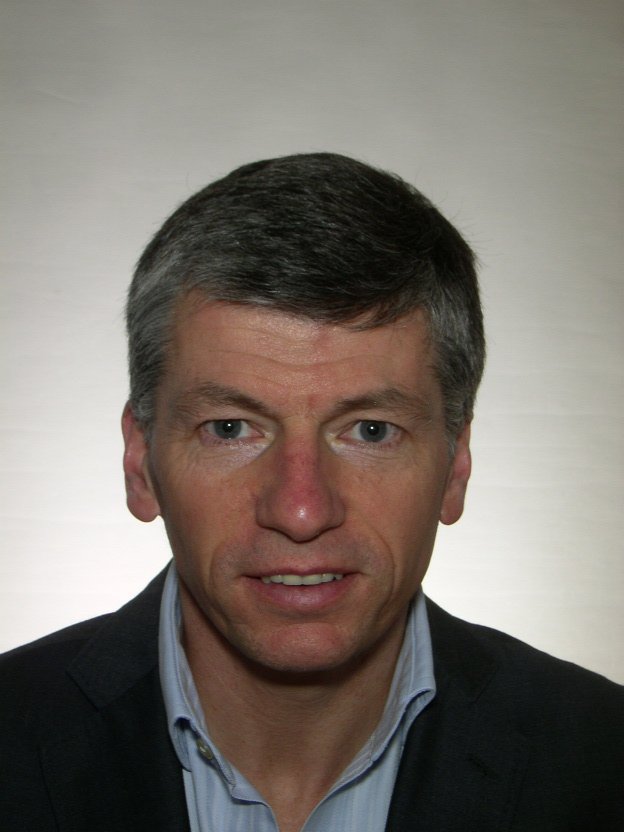Part 2: The Next Generation Risk Management Approach: Whole Life & Whole Organisation
By Anthony Phillips, Managing Director, WellKom International
This article is the second of a series of three being published this week in conjunction with Anthony’s talk at the British Safety Council’s Global Risk Symposium at Excel on Thursday 18th June 13h to 14.15h.
Or, contact him on [email protected]
In the first article I gave a range of examples of trends / insights selected from around the globe to illustrate why a Whole Life / Whole Organisation approach was required.
I promised in this article to provide more evidence as to why this is the case. Below is an example from WellKom’s database and analyses of one organisation with the statistical ranking of differentiators between employees with No Accidents* v 1 or more Accidents* over the last 12 months.
* Note Accidents in Life: at work, to and from work and outside of work.
Physical Health
Nausea and sickness complaints
Energy levels
Performance & Productivity Index
Aches and pains
Motivation Engagement Index
Intensification of work effort
Right First Time & Discretionary Effort
Job Quality Index
Stress
Family stress
Avoidance coping
People Scheduling and Work Patterns
Feeling low
Work Life balance
Pace of Life
Volatility (or reactivity)
Mental Wellbeing
External control
Negative spill
Concentration and decision making
Work environment
“Anger out” coping
Anxiety
Note: This is the type of data that WellKom has been collecting, over the last fourteen years, on different employees in different countries not through any surveys but through personal wellness profiling leading to highly personalised developmental plans and access to those resources which is statistically proven on a self -development basis to enable a very significant improvement in overall mental and physical health.
The factors in bold such as Physical Health, Performance and Productivity Index, Mental Well-being and Job Quality Index are all Clustered Factors and the other factors are sub factors which contribute to these clusters. For example, “nausea and sickness complaints” and “energy” are some of the sub factors (of Physical Health); “right first time and discretionary effort” and “people scheduling and work patterns” are sub factors (of Performance and Productivity Index).
So just focussing on the Clustered Factors this statistical analysis reveals that there are significant differences in Physical Health, Performance and Productivity Index, Job Quality Index, Stress, Pace of Life and Mental Well-being between those with no accidents and those who have had an accident.
Only a Whole Life approach is going to address factors such as the capacity to manage Family Stress, Work Life Balance and Negative Spill (work to non-work and vice versa).
Not only that Physical Health and aspects such as Nausea and Sickness Complaints, Energy Levels, Aches and Pains; Stress including External Control; Mental Health and aspects such as Feeling Low, Volatility, Concentration / Decision Making, Anxiety; Pace of Life etc. are all life not just work related.
This corresponds with the Belgian survey cited in article one with 60% of employees citing burn out and stress to be caused by more than just work.
Similarly the organisational risk factors identified are not related to just one discipline of organisational development but cover aspects such as leadership, culture, scheduling, environment and workload – the Whole Organisation.
If you are convinced of the need and value of the a Whole Life / Whole Organisation approach then look at for the third article which looks at the opportunities, solutions and evidence of success.
 Anthony Phillips
Anthony Phillips
Part 2: The Next Generation Risk Management Approach: Whole Life & Whole Organisation
By Anthony Phillips, Managing Director, WellKom International This article is the second of a series of three being published this
Safety & Health Practitioner
SHP - Health and Safety News, Legislation, PPE, CPD and Resources Related Topics
Entertainment safety whitepaper aims to “proactively address risk”
EV fleet – are electric cars safe?
Legionella Management: Who can be appointed as RP, DRP, AP or CP?

